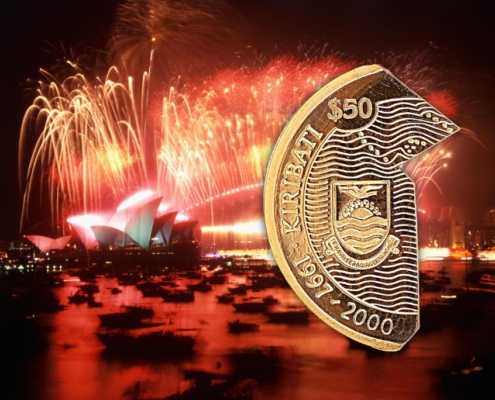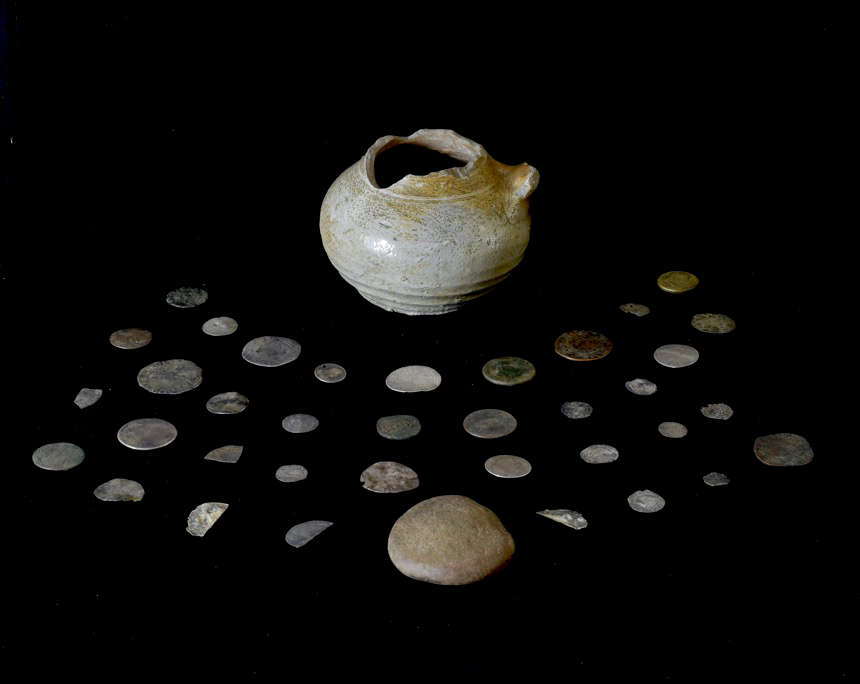Friedrich Wilhelm, the Great Elector.
Ducat 1686 LCS, Berlin.
Extremely rare.
Attractive piece.


Maximilian II.
Ducat 1855.
Only a few pieces are known.
Extremely fine-uncirculated.

Ferdinand Albrecht I.
Löser in the weight of 4 Reichstalers 1670, Clausthal.
Extremely rare.
Attractive piece.

Friedrich Adolf.
5 Ducats 1711, Detmold.
Only known piece.
Extremely fine-uncirculated.

6 Ducats, n. d. (1765-1790), with the title of Joseph II.
NGC MS 62 PL.
Extremely rare.
Attractive piece from polished dies.
Almost uncirculaed.

Johann Adolf, 1590-1616.
Portugalöser (10 ducats) n.d., Eutin.
Extremely rare and of particular
significance in monetary history.
Attractive piece.

Leopold I, 1657-1705.
20 Ducats, n. d. (after 1666), Hall,
by M. König.
Extremely rare.
Almost extremely fine.

Archive: People and Markets
Sberatel: The Place to Meet Czech Collectors
On 8 and 9 September 2023, the Sberatel took place in Prague. It calls itself the largest coin show in Central and Eastern Europe – and this is no exaggeration. Ursula Kampmann was there.
Coin Hoard Gives Fascinating Insight Into Life Before the Glencoe Massacre
Hidden underneath a stone fireplace of a house in Glencoe, Scotland, a pot with silver coins was recently discovered. They were minted in the years shortly before the infamous Glencoe massacre of 1692. Was the person who buried these coins among the victims of the treacherous clan slaughter in the Highlands?
Archive: Coins, Medals and more

Coloured Metal from Austria: Niobium Coins
In 2003, the Austrian Mint introduced a new metal with exciting characteristics to the world of coins: niobium. The beginning of a success story.

25 Years Ago: Millennium Coins and the Dawn of a New Era
The transition to a new millennium captivated the numismatic world. Commemorative coins from that time were colourful and bold, as a brief glance at the past led to a high-speed journey into a high-tech future—only for things to turn out differently.













Zimbabwe’s New Currency: Is the ZiG Doomed to Fail From the Start?
Zimbabwe has introduced a new currency that is supposed to win the trust of Zimbabweans as it is backed by gold. Michael Alexander explains the background and presents the new banknotes.
Hobby Detectorists Find Viking Treasures
Two coin hoards from Viking times were found by detectorists in Denmark at once. The coins by Harald Bluetooth tell of a dramatic period and led researchers to the sensational find of a settlement area.